Welcome to Algebra I: Power of a Product
To find a power of a product, students must find the power of each factor and then multiply. In other words, students can keep the exponent the same and multiply the bases. Part of the "Welcome to Algebra I" series.
Media Details
Runtime: 21 minutes 11 seconds
- Topic: Mathematics
- Subtopic: Algebra, Mathematics
- Grade/Interest Level: 7 - 12
- Standards:
- Release Year: 2014
- Producer/Distributor: PBS Learning Media
- Series: Welcome to Algebra I
- Report a Problem
Available Resources
Related Media
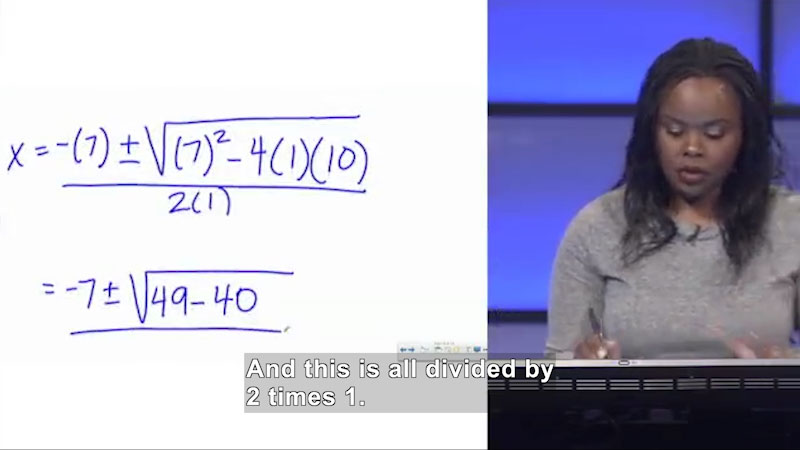
Welcome to Algebra I: Solving Quadratic Equations Algebraically
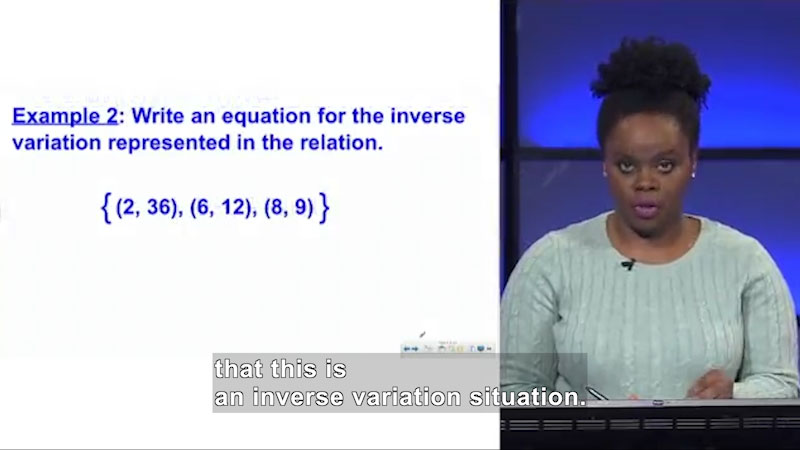
Welcome to Algebra I: Representing an Inverse Variation Algebraically
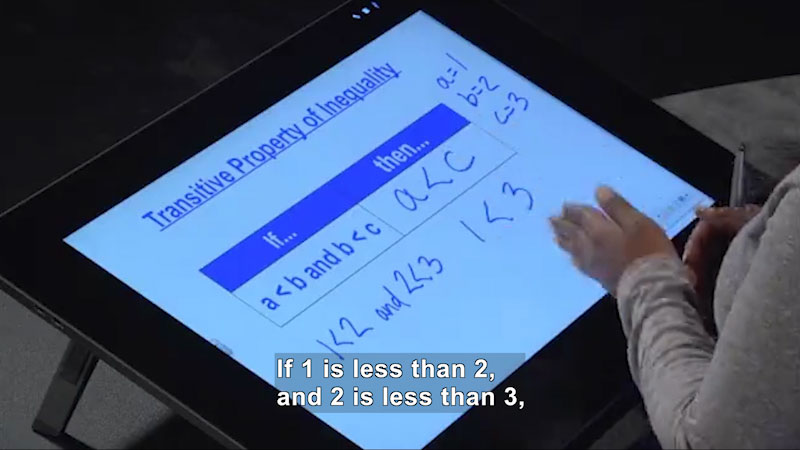
Welcome to Algebra I: Properties of Inequality
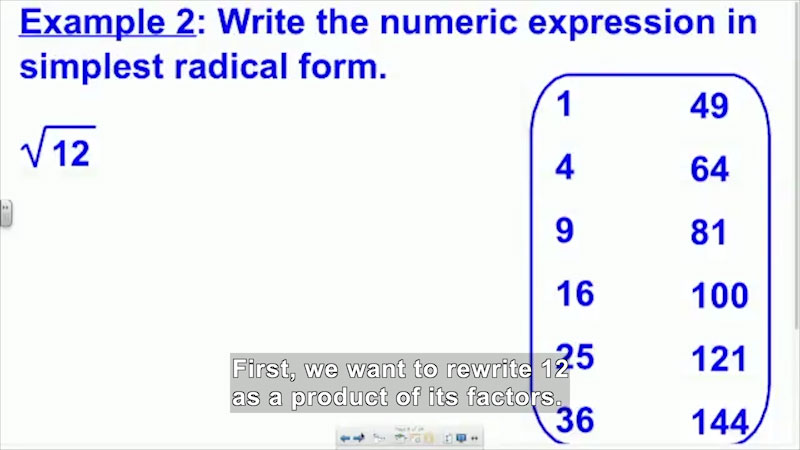
Welcome to Algebra I: Simplifying Square Roots of Whole Numbers
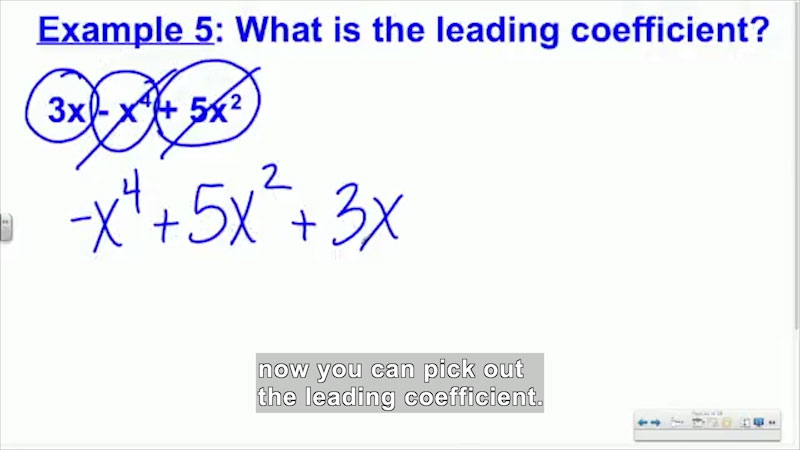
Welcome to Algebra I: Introduction to Polynomials
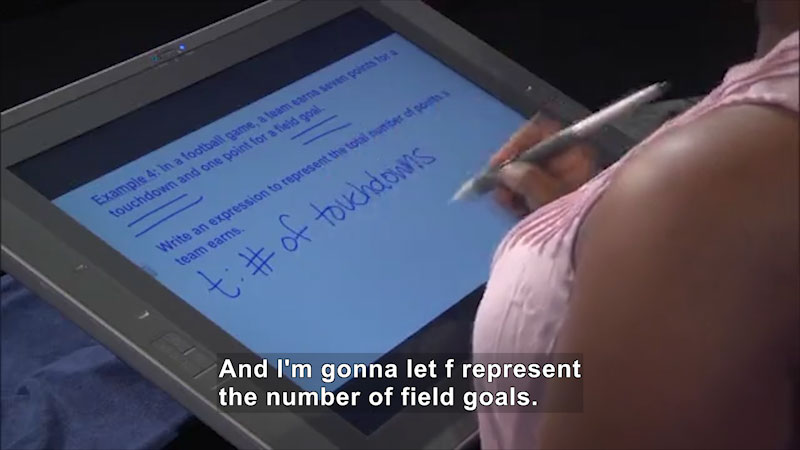
Welcome to Algebra I: Modeling Real-World Situations
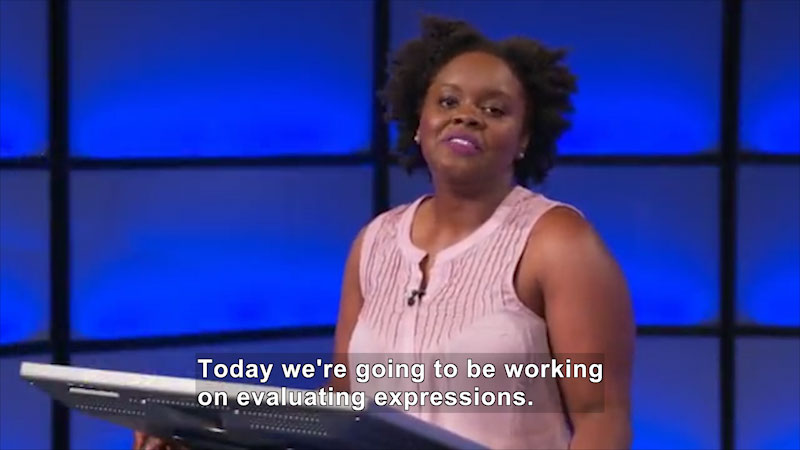
Welcome to Algebra I: Evaluating Expressions
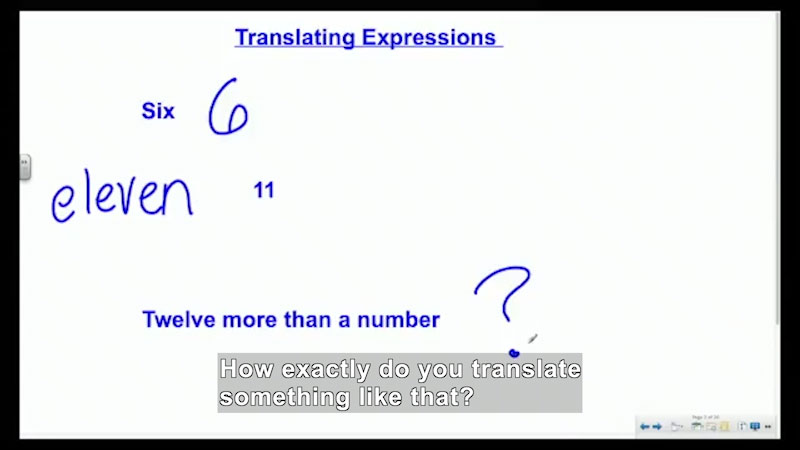
Welcome to Algebra I: Translating Expressions
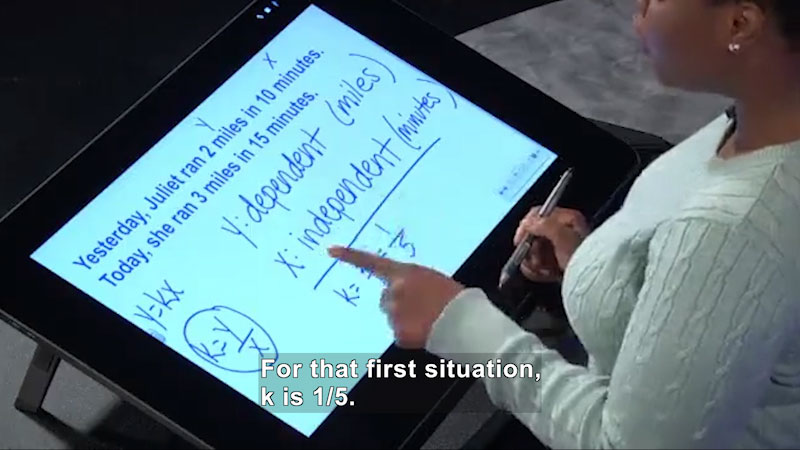
Welcome to Algebra I: Determining if a Direct Variation Exists
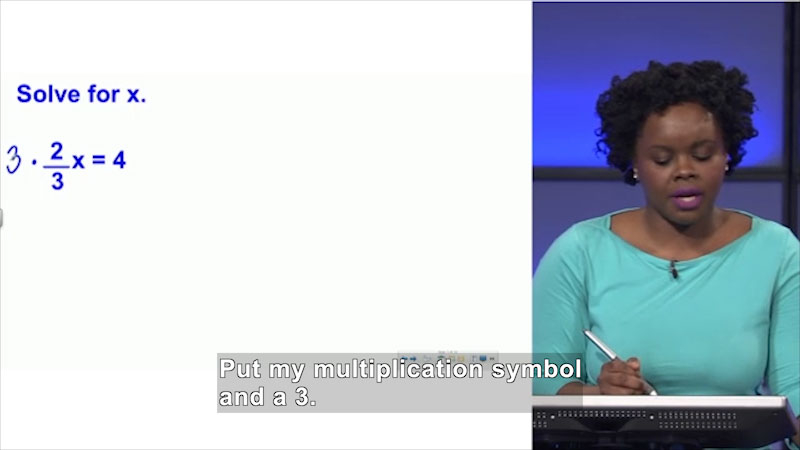
Welcome to Algebra I: Solving Literal Equations
